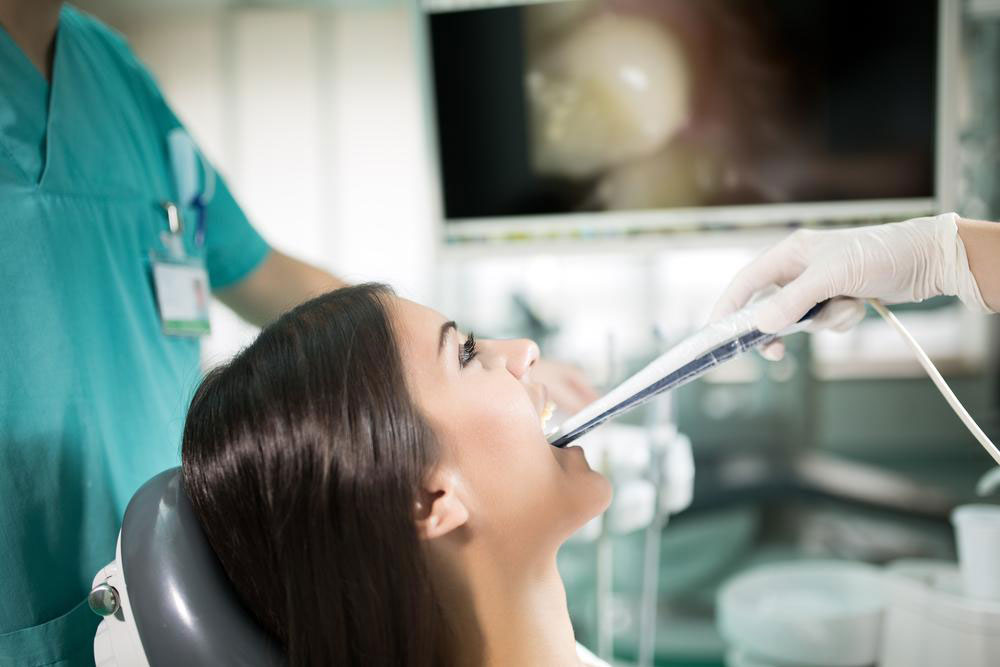Comprehensive Guide to Bladder Cancer: Risk Factors, Symptoms, and Prevention Strategies
This comprehensive article explores bladder cancer, detailing its causes, early signs, risk factors, and preventive steps. It emphasizes the importance of early detection and lifestyle changes, including quitting smoking and avoiding toxins, to reduce risk. The guide provides valuable insights into maintaining urinary health and encouraging regular screenings for high-risk individuals, helping readers understand how to minimize their chances of developing bladder cancer effectively.

Comprehensive Guide to Bladder Cancer: Risk Factors, Symptoms, and Prevention Strategies
Bladder cancer is a serious health condition that affects thousands of individuals worldwide each year. The urinary bladder, a vital hollow, muscular organ located in the pelvic region, plays an essential role in storing urine produced by the kidneys before elimination. When abnormal cell growth occurs within the lining of the bladder, it can develop into a tumor that may invade surrounding tissues if left untreated. Recognizing the early signs and understanding the risk factors associated with bladder cancer are critical steps toward early diagnosis and successful treatment. This comprehensive guide aims to explore the causes, symptoms, risk factors, and preventive measures associated with bladder cancer, providing valuable information for individuals seeking to protect their health.
Understanding the Anatomy and Function of the Bladder
The bladder is a hollow, muscular organ situated in the pelvic cavity beneath the abdominal organs. It functions as a reservoir for urine, collecting waste liquids filtered from the bloodstream by the kidneys. When the bladder fills to a certain point, nerve signals prompt the urge to urinate. During urination, the muscles of the bladder contract, and the sphincter muscles relax, allowing urine to flow out through the urethra. The health and integrity of the bladder lining, known as the urothelium, are crucial in preventing abnormal cell growth that can lead to cancer.
What is Bladder Cancer?
Bladder cancer primarily originates in the urothelial cells lining the inside of the bladder. It is one of the most common types of cancer affecting the urinary system. The disease often begins as superficial tumors confined to the bladder's inner layers but can progress to invade muscle layers and surrounding tissues if not diagnosed early. There are various subtypes and classifications based on the location and extent of the tumor, which influence treatment options and prognosis.
Recognizing Common Symptoms of Bladder Cancer
Early detection of bladder cancer significantly improves treatment outcomes. However, many individuals remain unaware of the early warning signs. The most characteristic symptom is hematuria, or blood in the urine, which may be visible to the naked eye or detected only through microscopic examination. Other symptoms that may indicate bladder issues include:
Persistent or recurring blood in urine (hematuria)
Frequent urination, especially during the night
Difficulty or pain while urinating
Urgent sensation to urinate that is hard to suppress
Pain or discomfort in the lower back or pelvic region
Passing small amounts of urine repeatedly
Recurrent urinary tract infections (UTIs)
Swelling in the legs due to urinary blockage or other complications
A palpable pelvic mass in advanced cases
If experiencing any combination of these symptoms, especially blood in the urine, it is important to consult a healthcare professional promptly for diagnostic evaluation.
Understanding the Causes and Risk Factors of Bladder Cancer
Although the exact cause of bladder cancer remains unclear, scientists have identified several factors that increase susceptibility. These risk factors can often be modified or monitored to reduce the likelihood of developing the disease. The main risk factors include:
Smoking: Cigarettes, cigars, and pipe tobacco introduce numerous carcinogenic chemicals into the body. These substances are metabolized and excreted through urine, where they can cause direct damage to the bladder lining, promoting abnormal cell growth and malignant transformation. Smoking remains the most significant risk factor for bladder cancer worldwide.
Age: The risk of developing bladder cancer increases significantly with age, particularly after 55 years. Most cases are diagnosed in individuals around the age of 73, highlighting the importance of age-related screening and vigilance in older populations.
Gender: Males are disproportionately affected by bladder cancer compared to females, with men being 3 to 4 times more likely to develop the disease. Hormonal differences, occupational exposures, and behavioral factors may contribute to this disparity.
Occupational Chemical Exposure: Long-term exposure to chemicals used in certain industries, such as dye manufacturing, rubber processing, printing, and painting, has been linked to an increased risk of bladder cancer. These workers often come into contact with carcinogenic substances that damage the urothelium over time.
Chronic Urinary Conditions: Persistent urinary infections, bladder stones, and prolonged catheter use can cause inflammation and tissue damage, raising the risk of malignant transformation in the bladder lining.
Arsenic in Drinking Water: In regions where drinking water is contaminated with arsenic, a well-known carcinogen, the incidence of bladder cancer is higher. Chronic exposure to arsenic compounds through ingestion can cause mutations in urothelial cells.
Genetics and Family History: A history of bladder cancer in family members increases individual susceptibility, possibly due to inherited genetic mutations.
Strategies to Reduce Your Risk of Bladder Cancer
While some risk factors are beyond control, adopting healthy lifestyle habits can significantly lower the chances of developing bladder cancer. Preventive measures include:
Quitting smoking: This is the most impactful step to reduce risk. Support programs, nicotine replacement therapies, and counseling can help achieve cessation.
Avoiding Exposure to Toxic Chemicals: Occupational safety practices, protective gear, and proper handling of industrial substances can minimize contact with carcinogens.
Monitoring and Managing Urinary Health: Prompt treatment of urinary infections, kidney stones, and other urinary conditions can prevent chronic inflammation.
Controlling Arsenic Intake: Testing and filtering drinking water for arsenic contamination, especially in high-risk regions, can significantly reduce exposure.
Maintaining a Healthy Lifestyle: Consuming a balanced diet rich in fruits, vegetables, and fiber, alongside regular physical activity, supports overall health and immune function.
Staying Informed and Screening: Regular medical check-ups for high-risk individuals, including urine tests and cystoscopy when advised, can facilitate early detection and treatment.
In conclusion, understanding bladder cancer—its symptoms, causes, and preventive strategies—is vital for early detection and effective management. By staying informed, avoiding known risk factors, and adopting healthy lifestyle practices, individuals can significantly reduce their chances of developing this potentially life-threatening disease. Regular medical check-ups and prompt attention to symptoms are key to maintaining urinary health and overall well-being.





